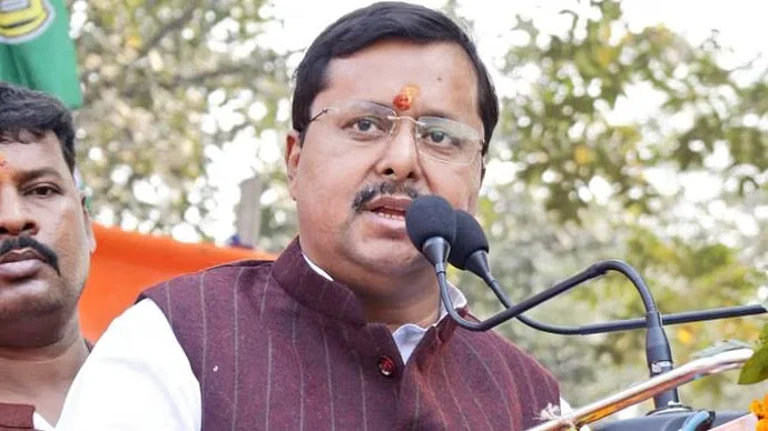This book, about a militarily risen China scaling new political heights through geo-economics, implores India to catch up by recalling some home truths. India will lose a war with China; not win one against Pakistan; and can deter neither. Further, the prospect of a two-front war, recently revived by Army chief Gen
Bipin Rawat, is suicidal. With both adversaries, who are thick as thieves, India has border disputes. For this unfortunate inheritance, we have to thank not just the British but also the political class which has never grasped the utility of military power, without excusing the military leadership. Dragon on Our Doorstep, a meticulously argued book, recommends Managing China Through Military Power. In hindsight, India’s obsession with Pakistan resulted in our missing the bus on settling the border with China on a package deal of status quo twice—1960 and 1980—and compounding the strategic folly by operational and infrastructural neglect of the border, allowing the PLA to call the shots.
The authors trace the chronology of border management, beginning with the 1993 Peace and Tranquillity Agreement, which renamed the disputed border as Line of Actual Control and acquired three lines—“the border as perceived by China”, the “border as understood by India”, and the “LAC as agreed by both”. There were other concerns for the army, chiefly of interpreting and operationalising “mutual and equal security”, given the enormous terrain and capability differentials.
It was during the visit of foreign minister Jaswant Singh in 1999 to Beijing while the Kargil war was on that China agreed to initiate the process for the clarification and determination of the LAC. While maps of the central sector were exchanged, the process broke down after each side had seen the other’s map in the western sector in 2002. Dead since then, the LAC was proactively revived when PM Modi “publicly sought clarification of the LAC at the earliest”, during the joint press conference after his summit with President Xi Jinping. Ignoring Modi’s query, Xi replied: “Both sides were fully capable of ensuring that such incidents (the Chumar intrusion by the PLA was synchronised with the Xi visit) do not have large impact on bilateral relations”. The authors conclude that the blunder of the 1993 agreement has become a facilitator for Chinese transgressions and reflect shortfalls in our border management. By systematic intrusions, the PLA has incrementally occupied 640 sq km and altered the LAC, thanks to India voluntarily reducing its patrolling limits, following the Border Defence Cooperation Agreement being virtually forced upon it. Also, in 2008, China said its border with India was only 2,000 km, excising nearly 1,500 km of the border in Ladakh, which obfuscates its role in the China-Pakistan Economic Corridor.
The Chinese have systematically reneged on LAC clarification as well as the Political Parameters and Guiding Principles Agreement of 2005 to find a political solution to determine the LAC. The designated special representatives for settling the border hit a dead end in 2014 and now talk about terrorism. The authors aver that it is clear that China will not settle the border issue peacefully anytime soon. At the core of the China dream is connectivity—Belt and Road and CPEC—for which Pakistan is critical. China and Pakistan have moved beyond ‘all weather friends’ to ‘warriors for a cause’, their militaries in sync through interoperability. For China to retain its edge as the key Asian power, its unarticulated military alliance with Pakistan is vital.
De-coupling this alliance has to be a key feature for India. The authors have come up with a winning strategy: India should grow from a balancing power to a global player. How this is to be achieved in foreign policy without the US rebalancing China is not clear. What is enunciated is a road map, in which the avenue for managing China passes through Pakistan, which in turn would also lead to India’s subsequent Great Power status. Keeping both borders peaceful is the magic mantra. The central thesis of the book though, is acquiring military power and correcting the plethora of existing deficiencies in contemporary strategic thinking and defence and national security issues in chapters titled Cold Start to Hot War and War is not an Option.
This is a wholesome book on how to deal with China. It would benefit from a tweak to the sequencing of the narrative. No one will quibble with its concluding formulation: “military power is indispensable for nation-building and projecting power, to deter enemies and command respect”. Lest we forget, while the Indian military is hugely versatile and battle-hardened, the PLA fought its last war in 1979, when Vietnam gave it a bloody nose.
(The writer is founder-member of the erstwhile Defence Planning Staff of MoD)























